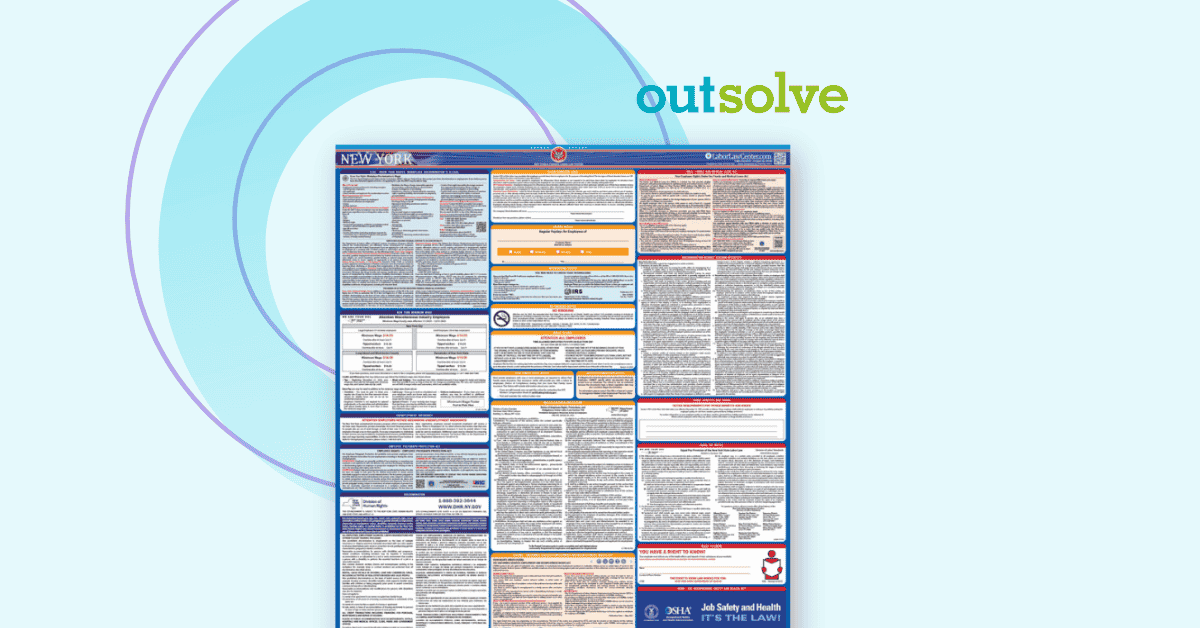March is Women’s History Month. Thanks to many strong-minded women, the current generations of women have many rights that we would not have had if it hadn’t been for them. We owe them a debt of gratitude.
Although we have come a long way, baby, as the old commercial used to say, women still have a long way to go. One of the major concerns facing women in the workplace is pay equity. Although the Equal Pay Act was enacted in 1963, frequently there is still a pay gap between men and women.
This year, Equal Pay Day is March 24th. This is the day, on average, that women of all races combined, have to work into the following year to reach the amount that an average man earns by December 31st. Black women must work until August 3rd to achieve pay equity, Native American women must work until September 8th and Latina women must work until October 21st to reach the same point. As a group, women earn about $.080 on the dollar compared to men. If we continue at the current rate to achieve pay equity for women, it will take about 257 years to reach that goal.
The Equal Pay Act (EPA) requires employers to pay employees of different sexes an equal rate of pay if the positions they are filling require the same skill, effort and responsibility and the jobs are performed at the same location. Remember that the only basis that can be alleged under the EPA is sex. Most of the time when a person files an EPA complaint, they also file a charge under Title VII of the Civil Rights Act of 1964, as amended, (Title VII), alleging that they were paid less due to their sex. One of the reasons they file under both statutes has to do with the relief they can seek if discrimination is found.
There may be legitimate non-discriminatory reasons for paying men and women different rates of pay. One of those reasons is experience. Another non-discriminatory reason might be education. However, with education, if a degree is required, the employer should be able to demonstrate that the degree is job-related and consistent with business necessity. The employer may also want to consider letting job-related experience substitute for a degree. Another reason for a pay difference would be if the employees are paid due to their production.
The EPA states that an employer may use any reason other than sex to explain the difference in pay. The EPA does not outline all reasons for possible variations in pay. During an EPA investigation, the employer is asked to assert the reason for the difference and that reason is then discussed with the Complainant to test its reliability. Often times, during EPA investigations, men and women who are alleged to be doing the same job are interviewed to verify that they are actually performing substantially the same duties.
If you would like more information about the EPA, feel free to reach out to me at eeoadvantage@gmail.com or (502) 553-7648.
President at EEO Advantage, LLC
Recent Posts

New Executive Orders May Require Labor Law Poster Updates

HR Compliance Checklist: What Every HR Pro Needs to Know
Related Posts

DOL Appoints New OFCCP Director
The U.S. Department of Labor (DOL) announced their new Director of the Office of Federal Contract Compliance Programs (OFCCP) on March 24, 2025. ...

Legal Alert: Federal Court Greenlights Trump Anti-DEI Contract and Grant Certifications: This is Now Real!
OutSolve has invited John C. Fox, Esq. as a guest blogger providing legal insights on EEO and compliance issues. The views expressed in his posts are...

EEOC Issues Guidance on DEI Related Discrimination
The U.S. Equal Employment Opportunity Commission (EEOC) and the Department of Justice (DOJ) jointly issued a press release on Wednesday, March 19,...
 Toni Ahl
Toni Ahl

